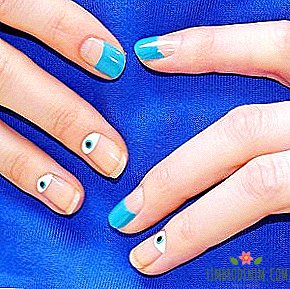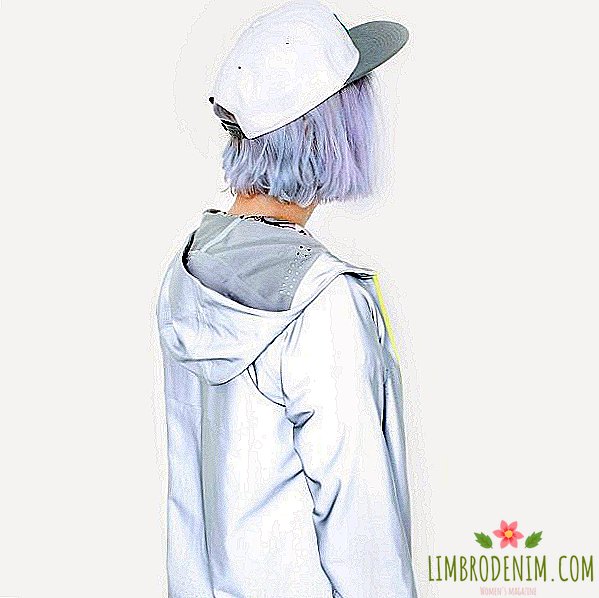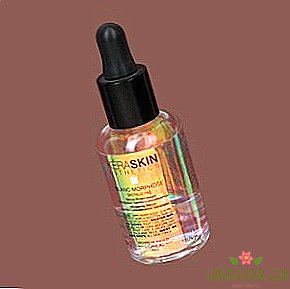Healthy man's fashion: Why do we need mass market sports lines
Sports everywhere. Photo reports from marathons in Moscow or Paris, sports communities, selfie from gyms for a million likes, fitness apps, all sorts of healthy and organic food delivery, year-round discounts to sports clubs - a healthy spirit everywhere. The fashion industry, sensitive to any such fluctuations, is also not standing aside: clothing manufacturers have unanimously grasped the new global trend, seemingly for the benefit of all. Even more sneakers, collaborations, advertising campaigns that promote sports feats and self-love - the sport has become a universal unifying ideology that truly knows no boundaries. Including consumption.

News of this spring. Beyoncé, in conjunction with Topshop CEO Philip Green, introduces the Ivy Park brand, designed for "outdoor activities" - with tops, shorts, hoodie, and everything that comes with it. Zara for the first time shows the debut full-fledged sports line Feel Good. Victoria's Secret plans to focus on activewear and seems ready to permanently abandon the famous line of inexpensive swimsuits. At the same time, luxury retail giants also seem to be primarily engaged in the promotion of their sports selection, and it is already unclear what is most popular - Net-A-Porter or their Net-A-Sporter launched in 2014.
The market for so-called athletic clothing (from athletics - "athletics" and leisure - "leisure") began to emerge ten years ago: propaganda through the Internet contributed to a healthy lifestyle, and the opportunity to come to offices not in uniform, but in casual clothes and even workouts. and distribution of free work schedules. At the moment, the market volume is estimated at about 100 billion dollars. And even if you are not at odds with numbers, it is easy to understand - this is true a lot.
The brands that develop athleisure clothes are launched almost every day - in the USA it is produced by both young enthusiasts, the mass market, and individual yoga centers with gymnasiums. Clothing "for sports and life" is now more or less doing everything: Mango, Oysho, H & M and, excuse me, even Chanel (whose sneakers are especially loved by the Russian audience who can afford it) and Louis Vuitton.


Mass market takes a low price, generous discounts, brightness and quick response to trends
Where does such wild popularity come from? The main thing to understand is athleisure - it's not just sports clothing. This is exactly what things are for “energetic life,” as marketers like to say. Life, which is more or less trying to lead all the people of large cities, consciously appropriate to their own health. Going to a jog in front of the office, work and meet with friends after the most convenient way to dress, not holding down the movement, which helps to do everything at once, not changing clothes a hundred times. Thus, the sport allegedly became an integral part of the person, and sportswear and its elements - a certain uniform of the city dweller, which has become appropriate literally everywhere.
In Russia, wearing sports leggings for the whole day in a row is still an unusual story. But look at the visitors of any street cafe in the city, literally turned on youth, beauty and health - Los Angeles - on most girls you will see exactly what they are. The so-called yoga pants. While the demand for denim is falling, these very pants become almost “new jeans”. For two years, their average price increased by 14% without any particular reason. What is remarkable is that both the model for $ 450 and the model for $ 45 find its buyer.
The mass market with its huge departments of analysts, the first responding to global trends, cannot but respond to such figures. And yet they are a little cautious - no wonder Zara is launching a new line just now. According to experts, it is likely that in the near future the market of products athleisure will reach its peak and be oversaturated. Recession is inevitable. After all, it cannot expand indefinitely. Everything has a limit. In addition, people are increasingly beginning to think about the origin of things, by what means they were made. And often, the choice of conscious consumers (and those who advocate sports without fanaticism, for whom a healthy lifestyle is not empty words, such are) are not in favor of democratic stores.

But now the mass market is releasing a huge amount of things "for sport and life." Yes, like all clothes of this segment, the ethics of its production leaves open questions, and materials are often not as “innovative” as those used in similar models of the same Nike and Puma. Those who are seriously engaged in cross-fit, run (especially for long distances), play football, should not have the idea to buy sneakers not in a specialty store without the advice of a professional. And rightly so. But what about sconce, t-shirts and leggings? The general answer is why not.
Mass market takes a low price, generous discounts, brightness and quick response to trends. In Oysho sports bras and Gap T-shirts it is hardly worth running Olympic marathons or participating in the championship - but they were not invented for that. For a person keen on sports, this is a compromise between price and quality. Even if you do not earn millions, buying a set of clothes worth 5 thousand rubles is not an unbearable burden for the budget. The implication is that you can wear it not only in the relaxed exercises with pilates, but just like that.
Thus, sportswear has become a kind of marker: wearing hoodies and sports shorts in the morning, you, even without doing any exercises during the day, demonstrate your loyalty to the course to “new comfort,” your active lifestyle. Or at least the craving to be in trend. After all, it was with this that the mass market always helped best - quickly and without much investment.
Photo: Ivy Park, Zara, Mango





